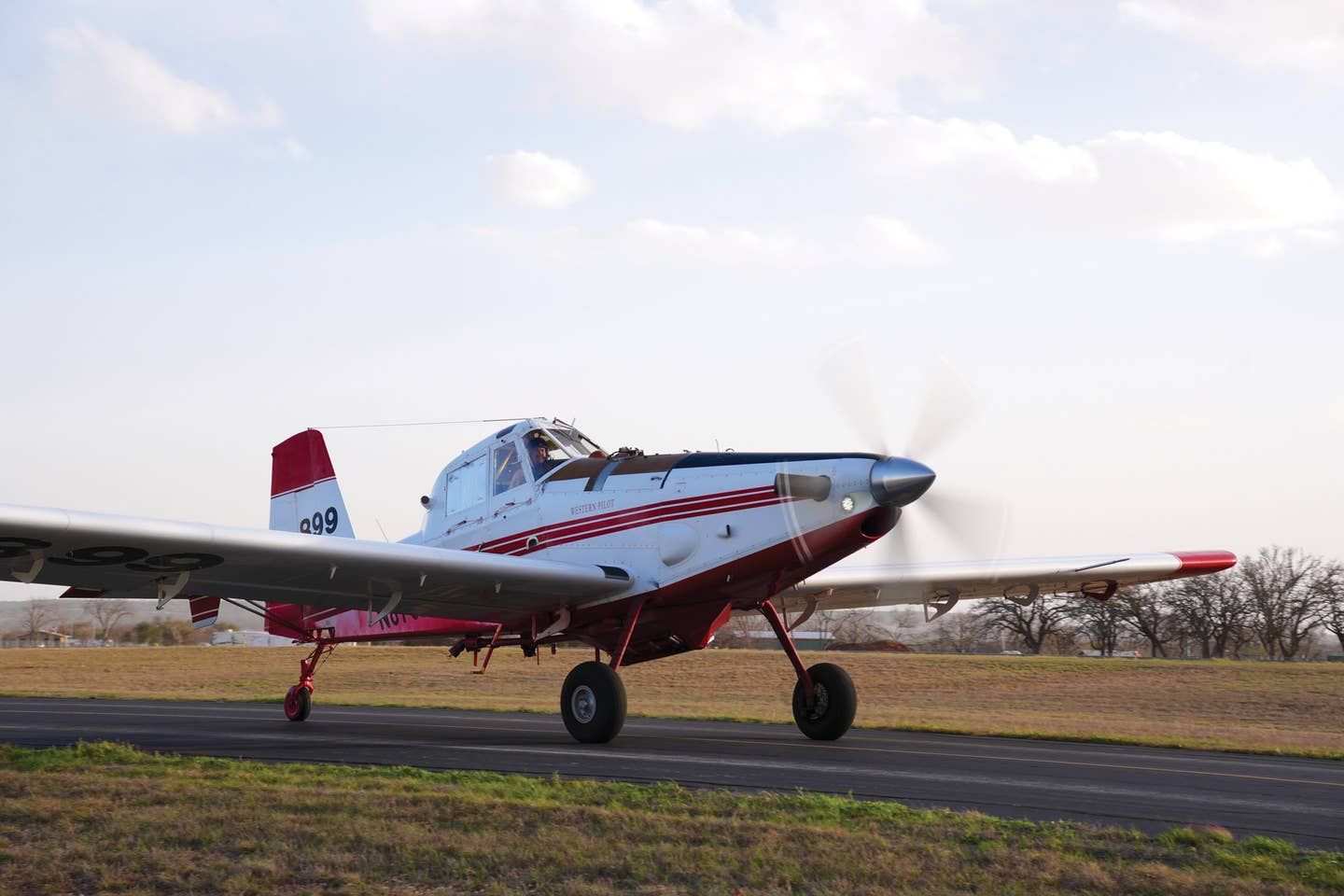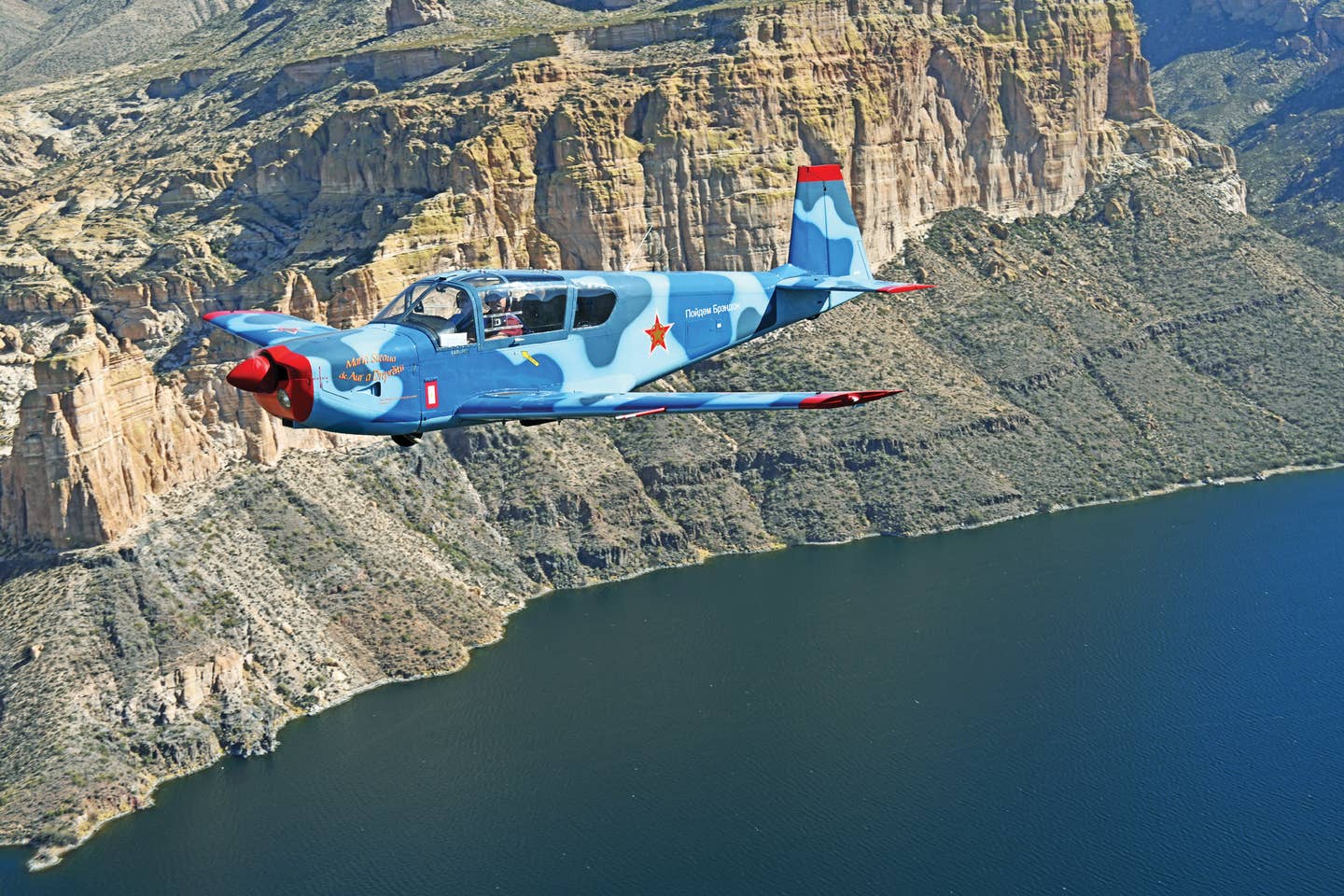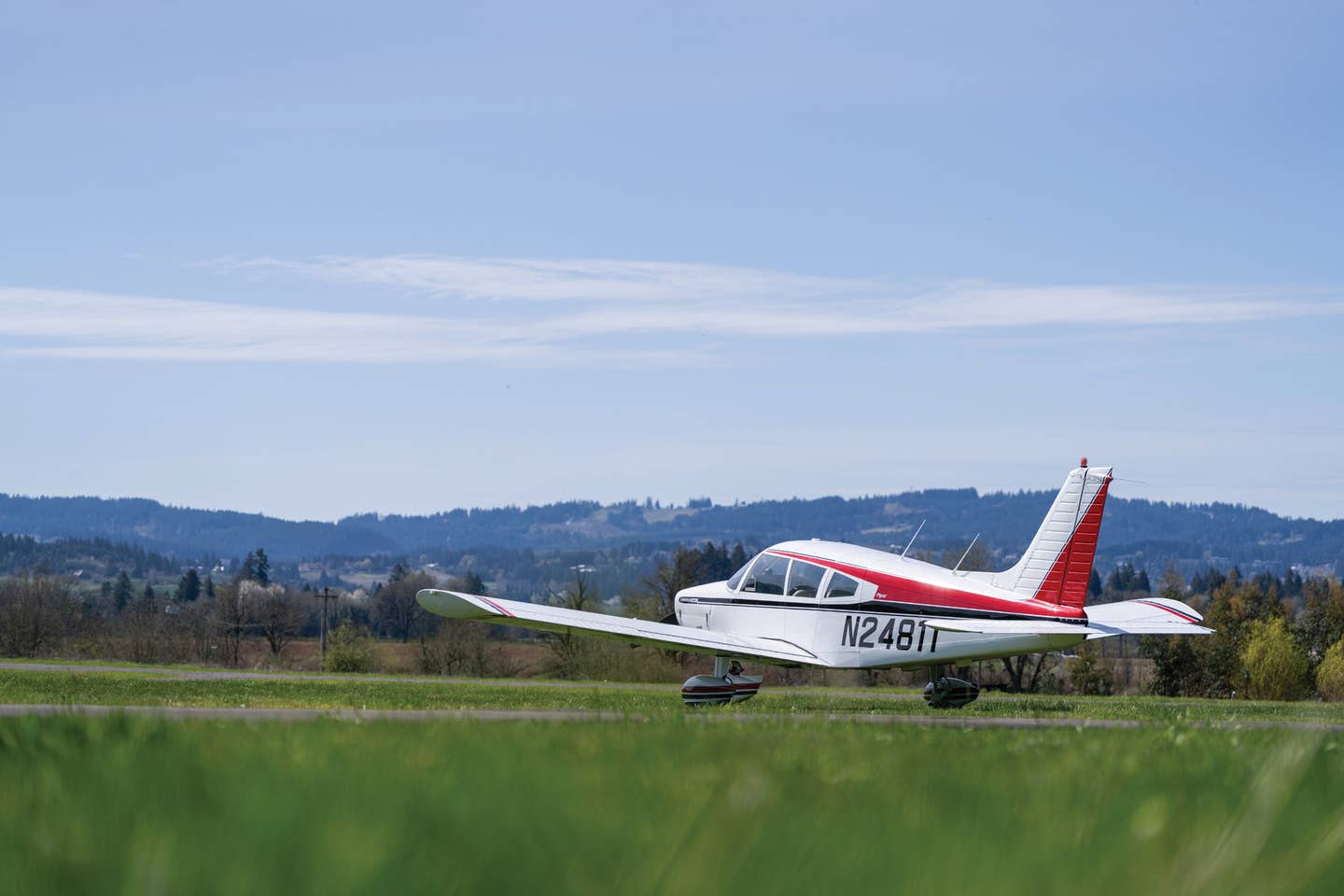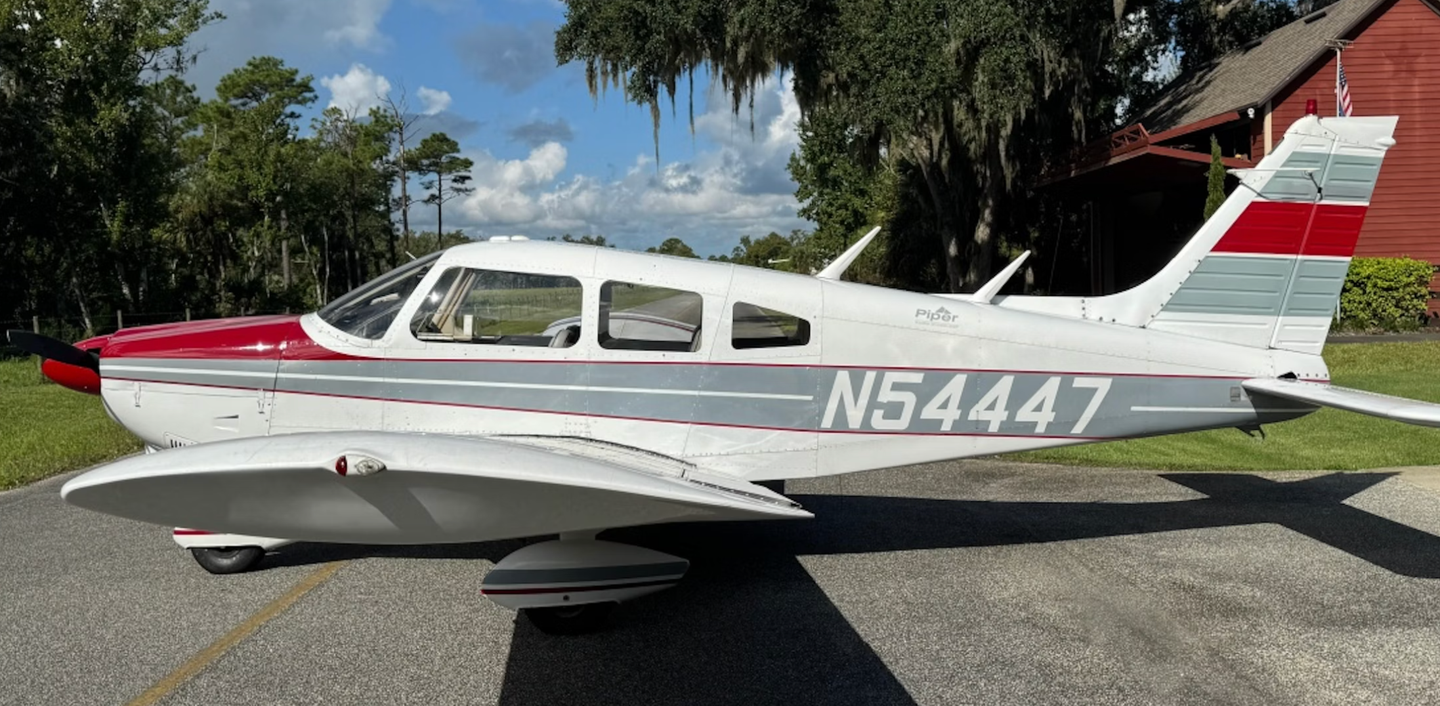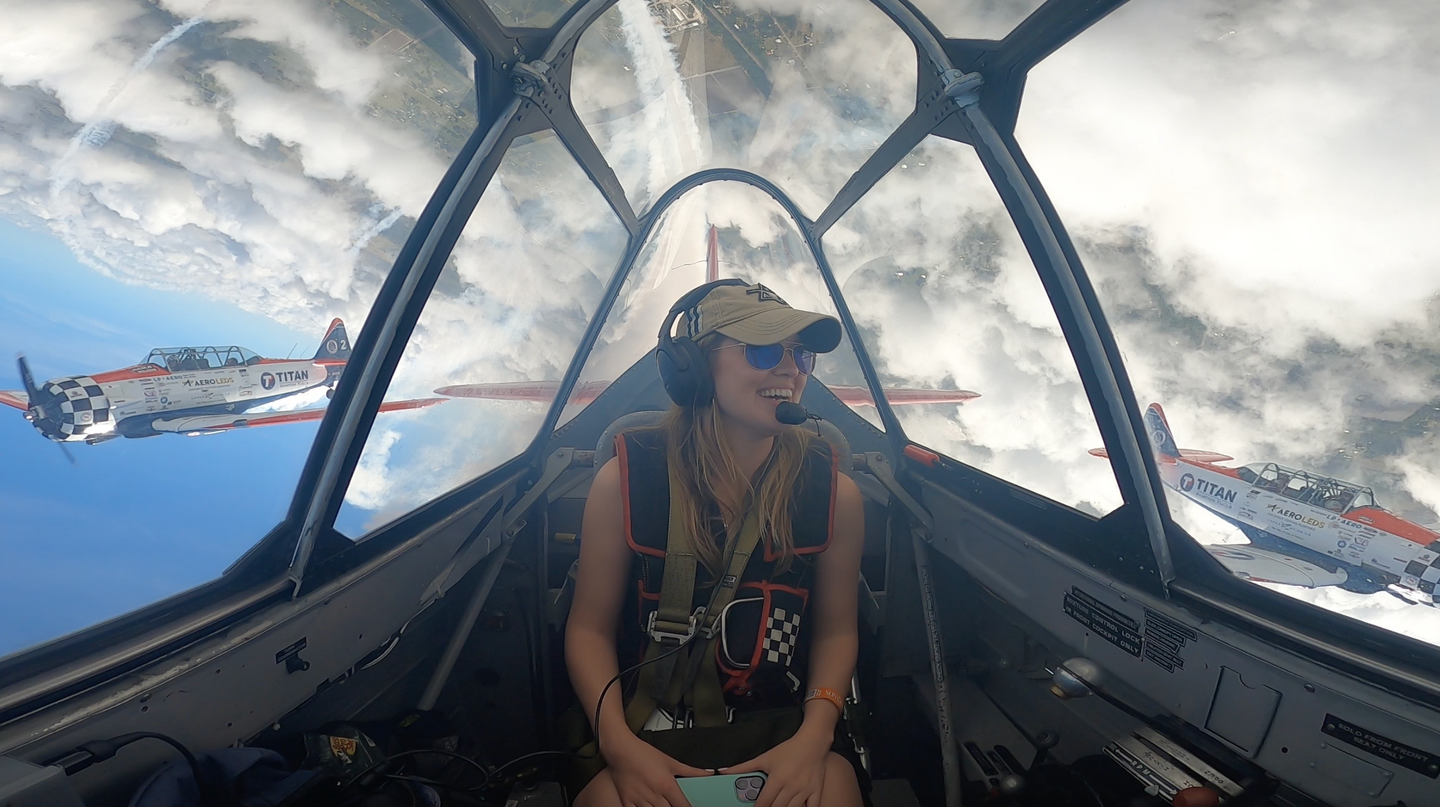De Havilland DHC-2 Beaver
This incredible airplane is well known as the rugged and versatile backcountry champion.
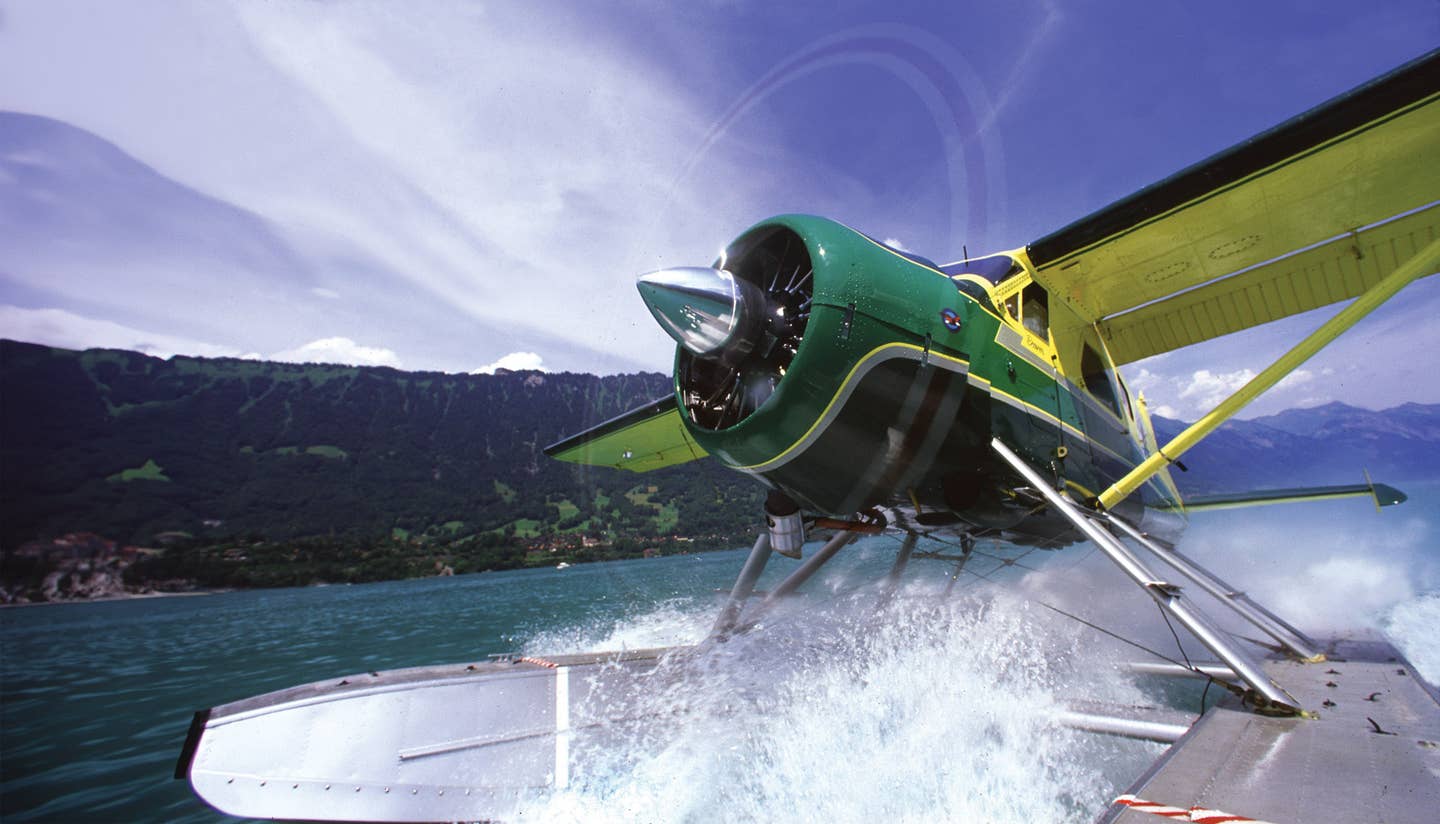
Image: Adobe Stock
If asked to name one GA single-engine airplane that claims the roles of ultimate bushplane, STOL champion, military workhorse, movie star, arctic explorer, and even a little CIA intrigue thrown in for effect, the de Havilland Beaver comes immediately to mind.
Powered by a hearty 9-cylinder, 450 hp Pratt & Whitney R-985 Wasp and boasting a useful load of over 2,000 pounds, this robust airplane has served with the militaries of over 35 countries.
However, it is most loved for its ability to thrive in the northern reaches of its home country of Canada, as well as the Alaskan bush. Since its maiden flight in 1947, the Beaver has hosted as many as 15 different variants featuring skis, floats, turbine engines, and even electric propulsion.
While well known in the aviation world, this iconic backcountry plane might have been best known as the star of Harrison Ford’s 1998 movie Six Days, Seven Nights. So how did this all get started?
Before there was a de Havilland Beaver, the title of ultimate backcountry bushplane belonged to the Noorduyn Norseman. The Norseman, introduced in 1935, was a large, strutted, tailwheel monoplane that featured conventional wood, tube, and fabric construction. The Norseman continued in production for 25 years.
In 1946, de Havilland Canada had a better idea. With World War II over and de Havilland’s construction contracts for both Mosquito fighter bombers and Tiger Moth trainers drying up, the company went looking for a new line of civilian workhorse aircraft. The DHC-2 Beaver was the first of the line.
While the general layout of the Beaver was similar to the Norseman, the overall design was developed with input from the bush pilots of the time. They required a sturdy and flexible machine that could carry a large load and get in and out of smaller airports and lakes.
In response, the Beaver featured all-metal construction for durability and ease of repair, and was developed from day one with wheels, floats, and skis in mind. The cabin is roomy and features large doors on each side for ease of docking and loading.
Many design features, both large and small, are evident from listening to the bush pilots of the day. The cargo doors, with their iconic trapezoidal windows, are large enough to allow 50-gallon oil and fuel drums to be loaded and off-loaded easily. The oil filler cap and dipstick are both located inside the cockpit, by the pilot’s left knee, eliminating the requirement to climb over the cowling during preflight. And, of course, the functional metal instrument panel, throttle quadrant, and hefty Beechcraft-style dual yokes exude a sturdy old school charm. This is an airplane that means business.
From first delivery in 1948 until production ended in 1967, de Havilland Canada produced 1,657 DHC-2 models. Of these, more than 900 were purchased by the U.S. Air Force and Army. Over time, many of these made their way to the commercial market and carried on as bushplanes around the world.
The de Havilland Beaver is said to be Ford’s favorite airplane. His DHC-2 is said to have served with Air America, the famous CIA contractor, and allegedly has the bullet-hole patches to prove it. Whether that’s fact or fiction, the Beaver’s impressive durability and STOL capabilities made it a great candidate for a little clandestine operation. Takeoff and landing distances are less than 1,000 feet over a 50-foot obstacle while carrying as many as five passengers and cargo.
The final production iteration of the Beaver, the Mark III, upped the ante with the fitment of the ubiquitous Pratt & Whitney PT-6A turboprop, producing 578 hp. The result was a nearly 400-pound increase in gross weight and a 2,600-pound useful load.
Of course, de Havilland was not the only company to improve the Beaver. Many aftermarket companies saw an opportunity to make modifications to the rugged Beaver airframe. Viking, Volpar, Airtec, and Wipaire, the latter famous for its floatplanes, all have produced modified and remanufactured versions of surplus military or civilian Beavers. Each retains the rugged airframe of the original. Most modify the cowling shape, and each adds unique performance increases.
Most recently, Harbour Air, a Canadian air taxi operator, fitted a 750 hp MagniX electric motor to its float-equipped “eBeaver” and set out to develop an electric variant. The first flight occurred in 2019, and development work has continued. The eBeaver was featured at EAA AirVenture in 2024.
So, what’s up with all the spy stories? Well, according to unclassified reports, it appears that in 1962 Air America operated as many as seven DHC-2 Beavers on loan from the U.S. Army. These flew out of Vientiane, Laos, and Udorn, Thailand. These airplanes were the perfect choice to support U.S. Army Special Forces with transport and supplies, while the soldiers trained the Laotian military.
The terrain was rugged, the airstrips short, and the elevations high—a perfect location for this rugged backcountry champ. When the special forces departed Laos later that year, so did the Beavers, eventually replaced in the Air America fleet by the equally iconic Helio Courier.
Today, while some of the more than 1,600 Beavers produced have retired, many still soldier on. Parts for the original P&W engines are still available, and many of the turbine-modified aircraft are proving especially useful, as the availability of avgas diminishes worldwide. And the sight of a majestic DHC-2 Beaver on floats, gently coasting up to a remote dock, loaded with cargo and people, then launching off with that characteristic radial engine propeller whine, well, it is music to our ears.
The de Havilland Canada DHC-2 Beaver is what every bush and backcountry design should aspire to be and is truly an incredible plane.
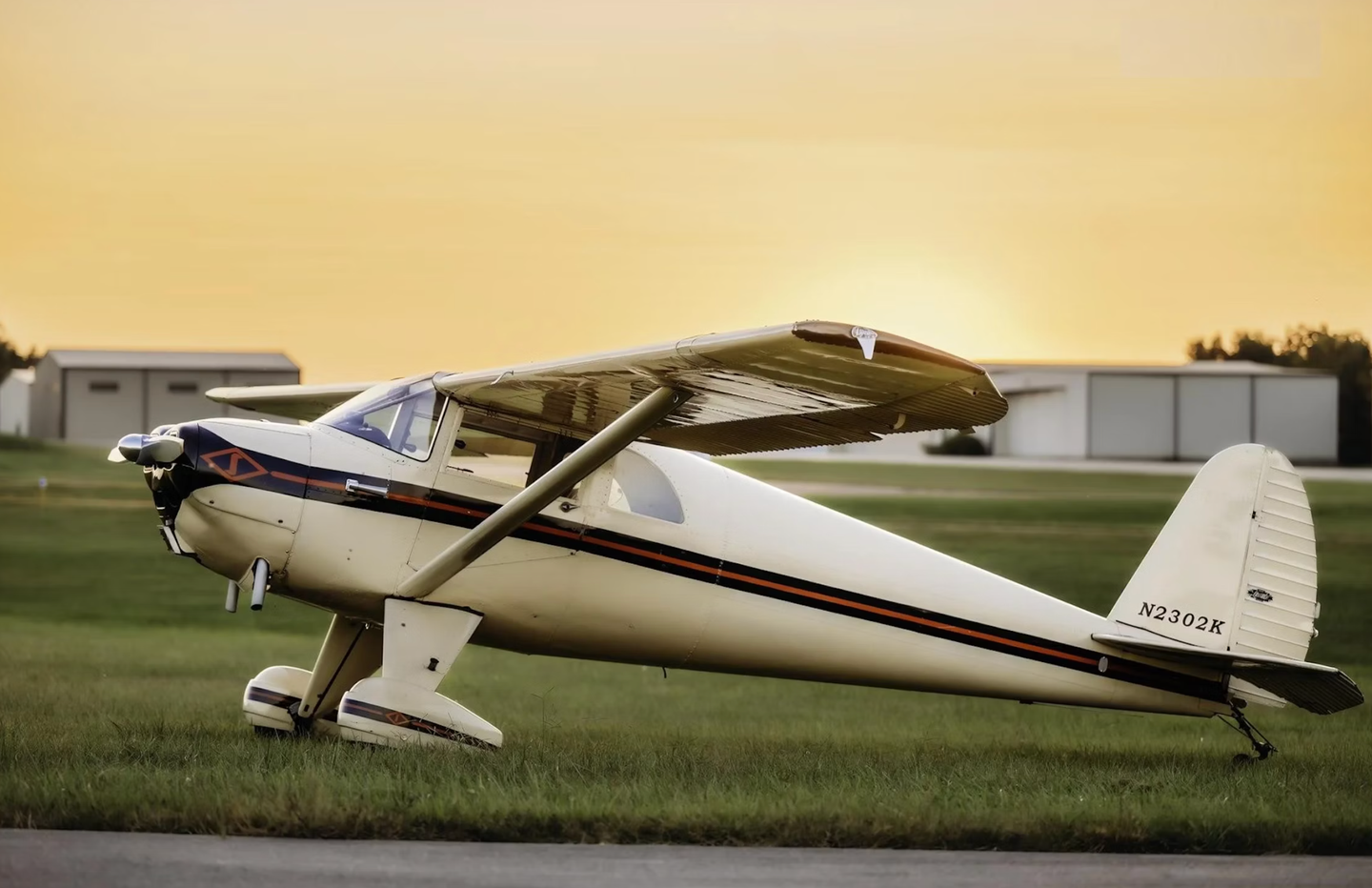
Subscribe to Our Newsletter
Get the latest Plane & Pilot Magazine stories delivered directly to your inbox

